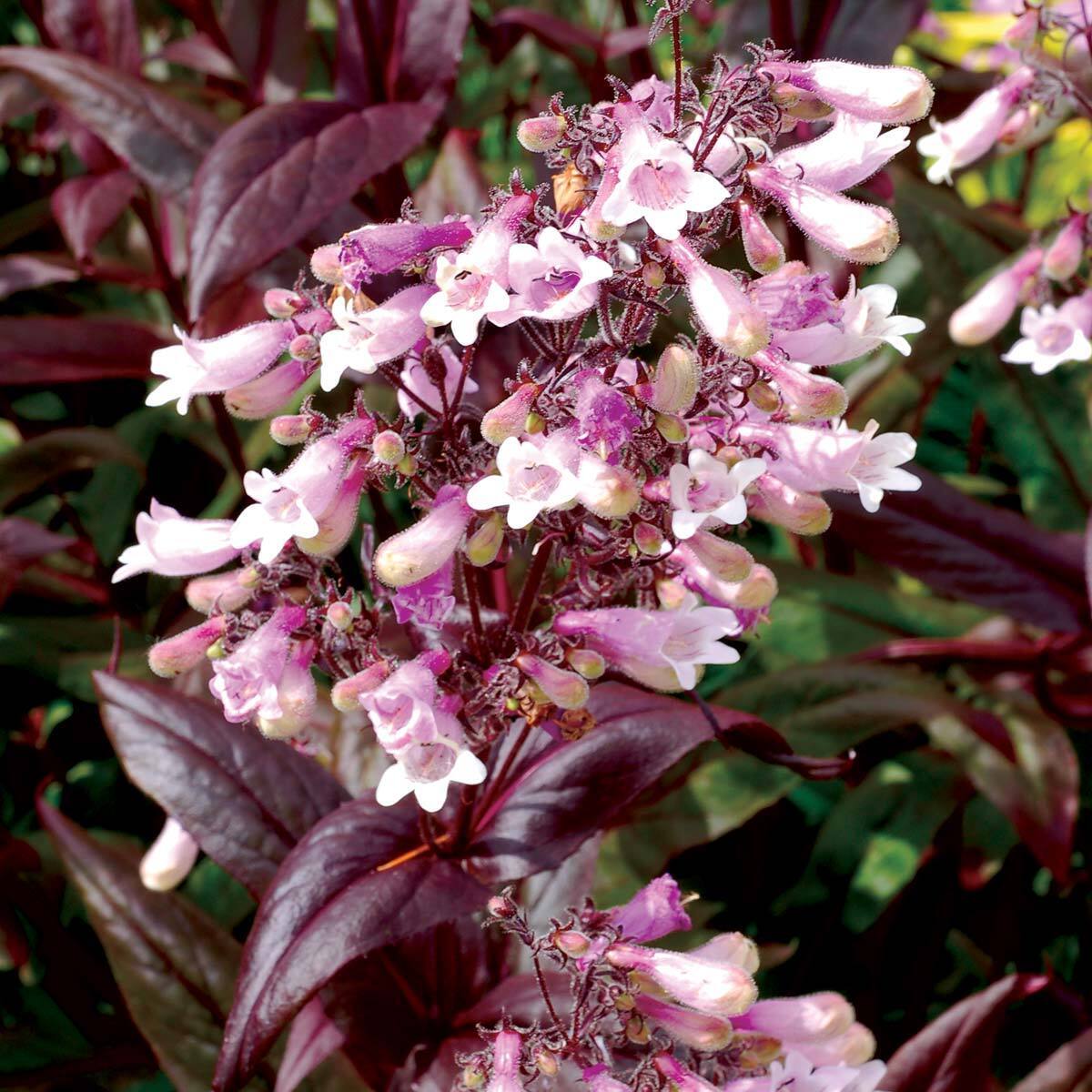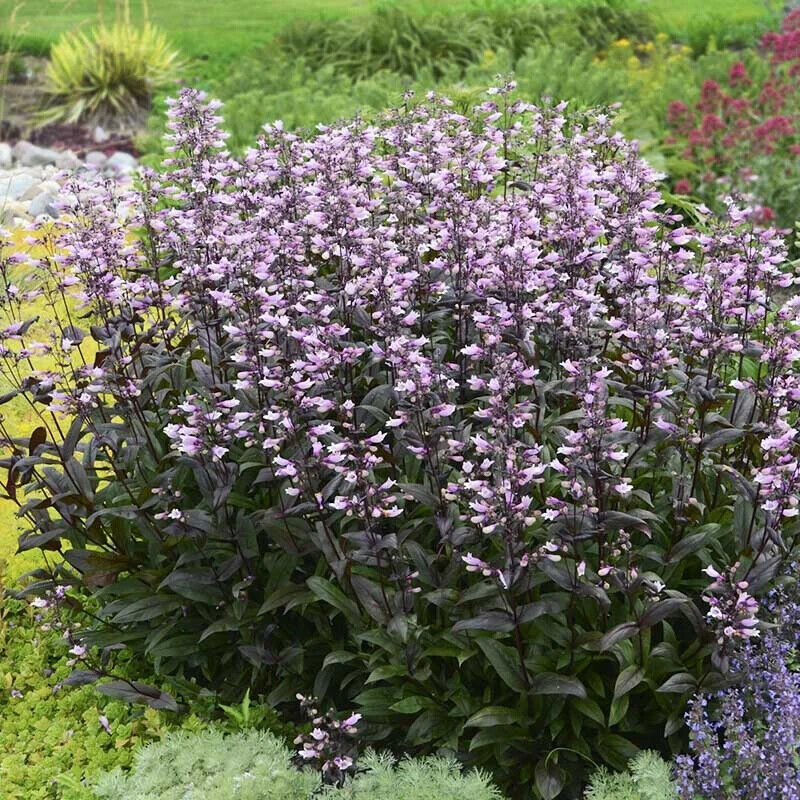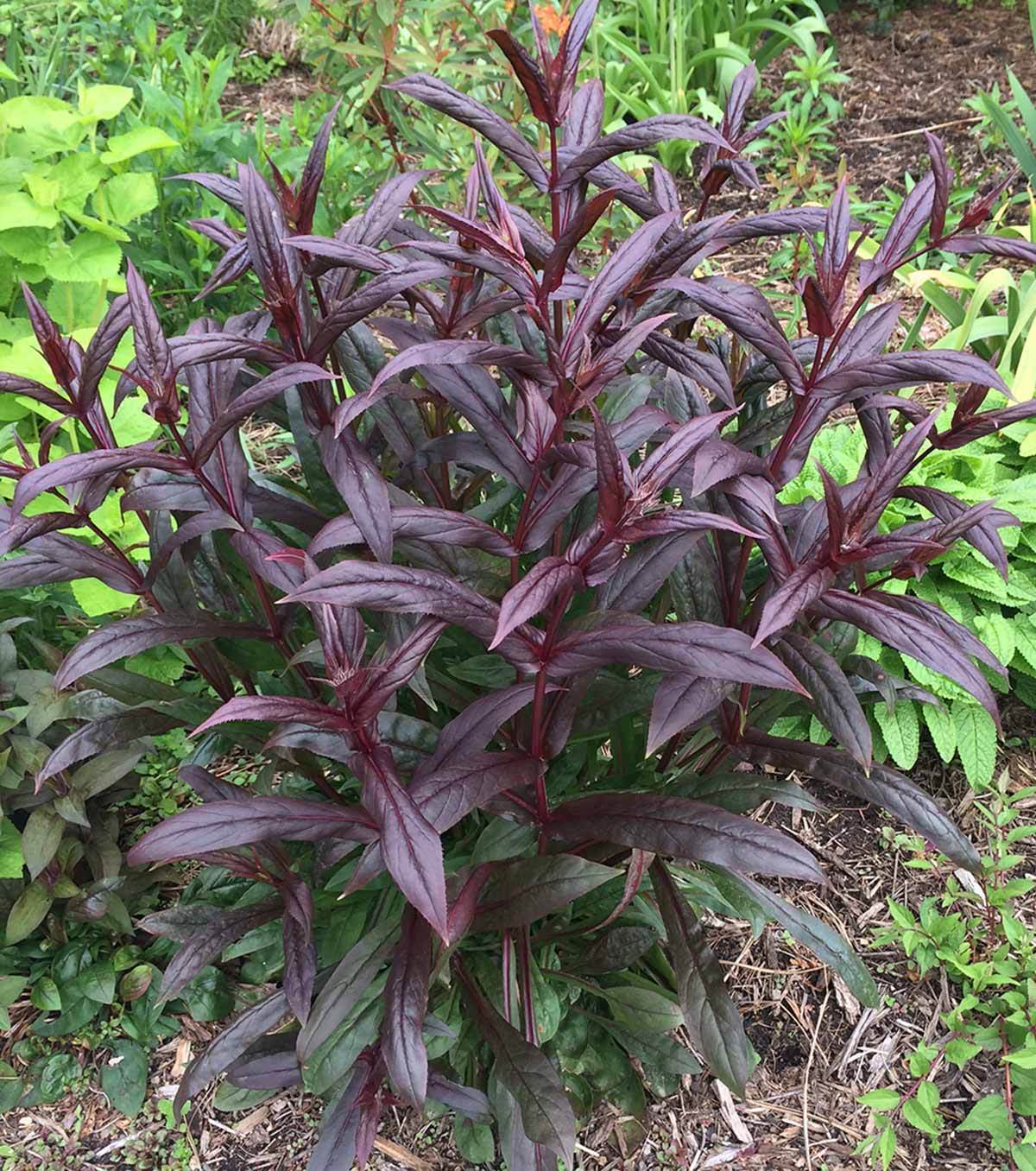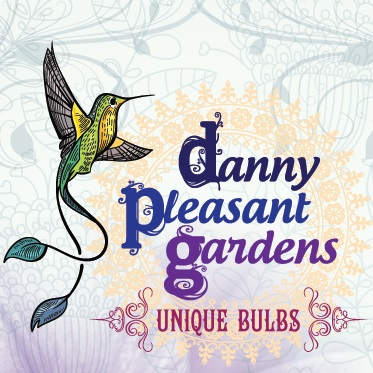

PENSTEMON~DARK TOWERS~BEARDTONGUE PLANT HARDY PERENNIAL HUMMINGBIRD GARDEN BLOOM
BUY IT NOW!!! PRICE BREAK ON QUANTITY!!!
1 ROOT * 3 ROOTS * 5 ROOTS OR 10 ROOTS
Healthy, 1 to 2 eye, bare root plants! We wet wrap our roots to ensure that they always arrive healthy and ready to plant in your garden or container!
Culture
Easily grown in average, dry to medium, well-drained soils in full sun. Plants have some tolerance for drought, summer heat and humidity. Avoid wet, poorly-drained soils. Remove spent flowering racemes to prolong bloom. Plants may be cut back to basal foliage after flowering to improve appearance of the planting. Plants in cold winter climates often benefit from a loose winter mulch.
Noteworthy Characteristics
Penstemon is a genus of about 250
species of herbaceous perennials and sub-shrubs which are primarily
native to the continental U.S., Canada, Mexico and Guatemala in a
variety of habitats ranging from desert to plains to alpine slopes. A
large number of hybrids have been developed over the years, but most are
of unclear parentage.
Genus name comes from the Greek words penta meaning five and stemon meaning stamen in reference to each flower having five stamens (four are fertile and one is sterile).
Penstemons
are sometimes commonly called beardtongues because the unusual sterile
stamen contained in each flower has a tuft of small hairs.
‘Dark
Towers’ is a clump-forming penstemon that typically grows 1.5-3’ tall.
It is noted for its pink flowers and dark wine-red foliage. Two-lipped,
tubular, pale pink flowers (each to 1.5”) in loose terminal racemes
bloom from late spring into summer atop erect, rigid, leafy stems.
Foliage (oblong to ovate basal leaves and lance-shaped stem leaves) are
an attractive dark maroon/wine red. Foliage generally retains good color
throughout summer. 'Dark Towers' is similar to Penstemon digitalis
'Husker Red', but differs by having darker red foliage that appears to
maintain its dark red color better in summer, pink instead of white
flowers and slightly taller plant height. Both cultivars were developed
and introduced by Dale Lindgren at the University of Nebraska.
Problems
Root rot can occur in wet, poorly-drained soils. Leaf spots, rusts, powdery mildew and Southern blight may also occur. Slugs and snails may chew on the foliage. Watch for spider mites. Deer tend to avoid this plant.
Uses
Sunny areas of borders, rock gardens, cottage gardens and open woodland areas.



